- Joined
- Jun 17, 2021
- Messages
- 3,184
- Points
- 588

 |
As a way to introduce our brass coins to the community, we will raffle off a free coin during the month of August. Follow link ABOVE for instructions for entering. |
 |
 |
The beloved Ships in Scale Magazine is back and charting a new course for 2026! Discover new skills, new techniques, and new inspirations in every issue. NOTE THAT OUR FIRST ISSUE WILL BE JAN/FEB 2026 |
 |

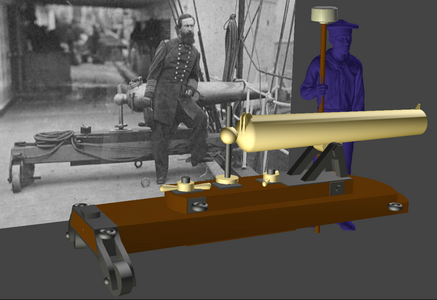
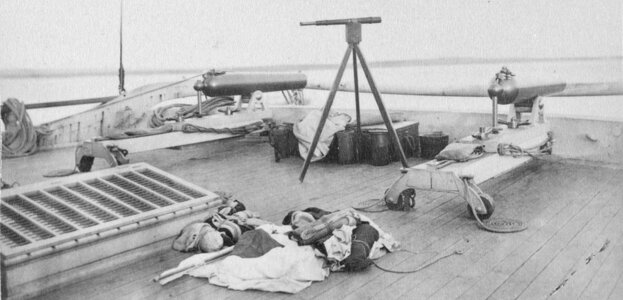

Dear Jerry, you never cease to amaze!It was also mentioned the Lane had two 24pd Dahlgren howitzers on swivel mounts.
To make these, I scaled the barrel of my 12 pd boat howitzer to the size of a 24 pounder and then scaled the David Porter photo to fit that. The carriage is modeled to the one in the photo and by referencing the pair of guns on the Vermont, Some details are fattened up or simplified to help it withstand scaling down to 1:96 scale.
View attachment 429339 View attachment 429335

Thank you BMT!This is an extremely clean look.
Wonderful job!


Jerry, how many times do I have to say "WOW!"? This is some super cool stuff! You may be able to quit your day jobLost some details making in scaling it down, mostly eyebolts, but it should still be usable.
View attachment 429560 View attachment 429561



There we go!Some fine annealed black wire, round needle nose pliers, a pin vise, and about a#72 drill bit and POOF! You got eyebolts!


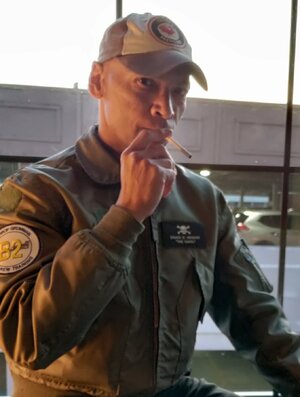
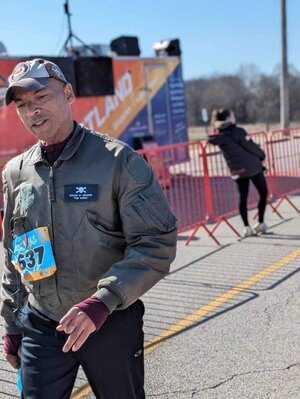
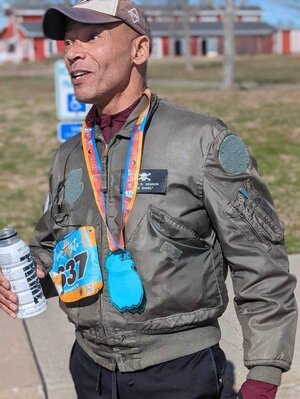



I'm working on it, PeteMere stripling of a youth.

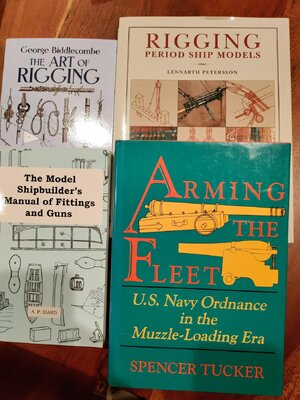
That great printing.Lost some details making in scaling it down, mostly eyebolts, but it should still be usable.
View attachment 429560 View attachment 429561
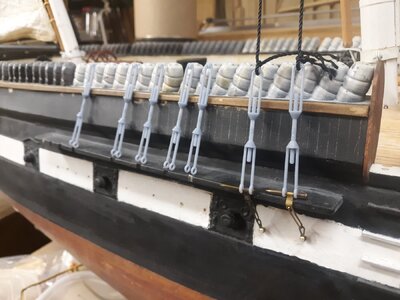
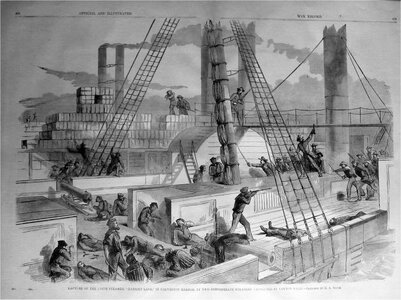
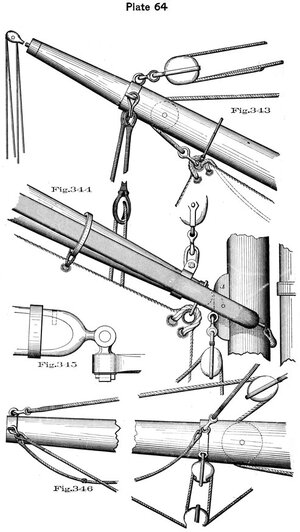 I saved them, so if you're looking for a certain part of the rig, I'll post the one that pertains to it, if there is one.
I saved them, so if you're looking for a certain part of the rig, I'll post the one that pertains to it, if there is one.


Dear Jerry, thanks for coming through AGAIN! I had my suspicions. So, now I have ordered Underhill's "Masting and Rigging: The Clipper Ship and Ocean Carrier" and Crother's "The Masting of American Merchant Sail in the 1850's." Having these references will help me move forward without having to signal SOS every time in the hope that Jerry isn't too busyAll good books to have.
I don't know that Petersson will of any use in rigging the Lane. His works seldom go past 1800 and are decidedly British. That book, despite being about rigging a British frigate, has much in it that basically had gone out of style, and no longer applied to the British frigate I'm modeling, that was built in 1810.
Since the Lane was built by a company that made their name building clipper ships, I would look to books on that subject when thinking about her rigging. I found a lot of so-called "merchant" practices were common-place on American warships from the 1850's on while researching Constellation's rigging. The use of "patent trusses" for instance. I only recently discovered that rigging screws (turnbuckles) were far more common on American warships built in the 1850's on, than dead-eyes and lanyards. You can see them in photos (especially deck shots of crews and the like) of ships like Hartford, Kearsarge, Susquehanna, and Constellation.
View attachment 431045
I think the Lane too, had rigging-screws like those shown on my model of Constellation, rather than dead-eyes and lanyards.
If you put sails on her, it's improbable her heads'ls were miter-cut as shown on that profile drawing. Miter-cut fore-and-aft sails were just started to appear during the 1860's and then on merchant ships. Even in the 1890's the Navy's sailing ships still had Scotch-cut jibs, even when they had split-tops'ls installed.
BTW, I found this pic of her capture while looking for something showing her rigging. The artist was pretty good at drawing Dahlgren howitzers.
View attachment 431055
The Young Officers Sheet A nchor and Biddlecombe's The Art of Rigging both predate the Lane enough to not be of much use with the details you'll want.
For Antebellum and Civil War period American ships, I've found Spars and Rigging From Nautical Routine, 1849 to be useful, but still not an end-all source.
The Historical Naval Ships Association (HNSA.org) used to have a manual on seamanship that had a lot of useful plates applicable to ships of this period, but they moved it behind a paywall. It contained useful plates like this, which is how I rigged Constellation's spanker gaff and boom.
View attachment 431068 I saved them, so if you're looking for a certain part of the rig, I post the one that pertains to it, if there is one.
